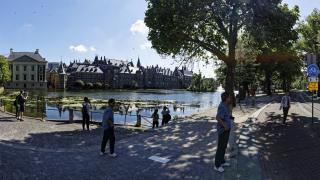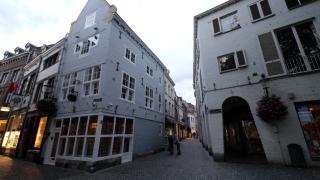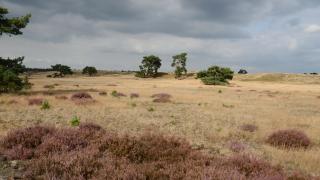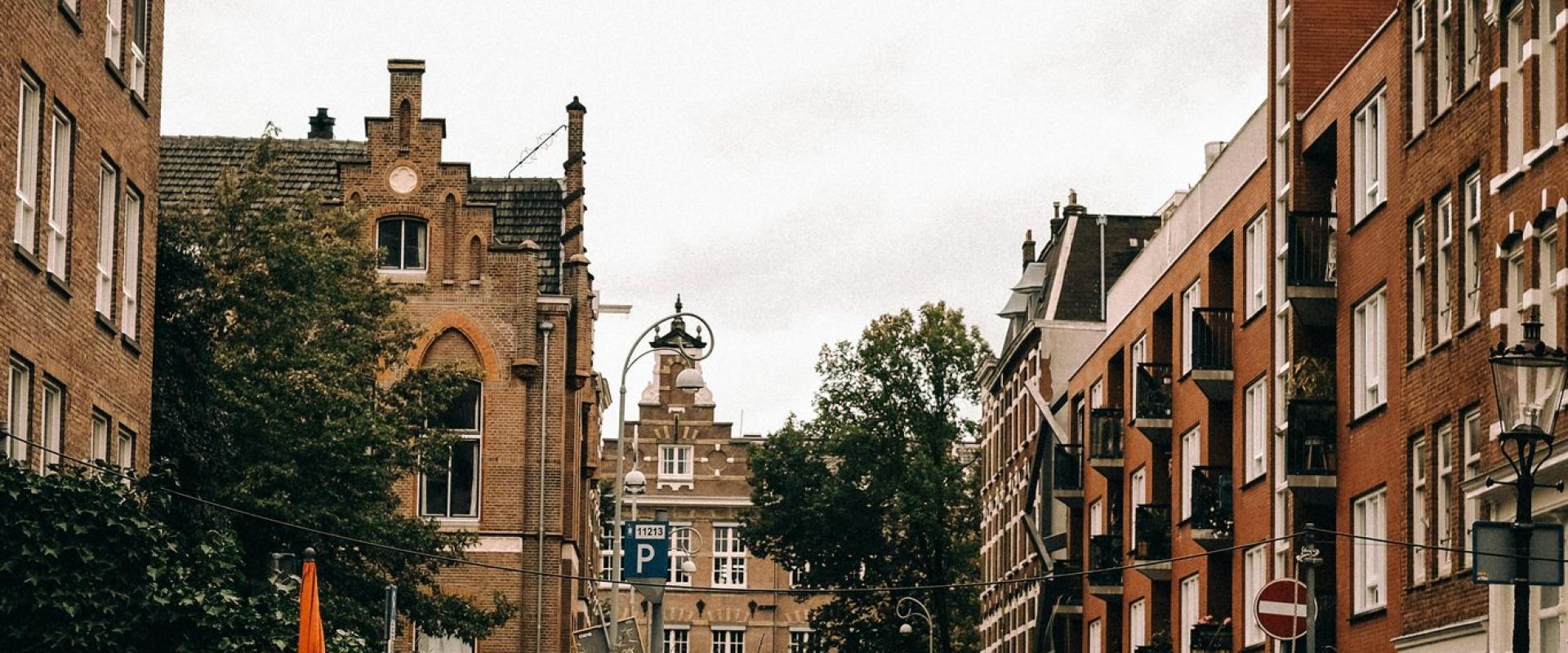In the Netherlands, cycling transcends mere transportation; it embodies a vibrant lifestyle. With over 22 million bicycles registered each year, the country proudly holds the title of one of the most bike-friendly nations in the world. As you pedal through picturesque landscapes and bustling cities, it’s crucial to adhere to local traffic rules—yield to pedestrians at crossings and signal your turns with hand gestures.
Amsterdam, in particular, boasts an extensive network of bike lanes, often separated from motor vehicle traffic. This thoughtful infrastructure contributes to a notable safety record; in 2022, a mere 2% of all road traffic fatalities involved cyclists, underscoring the effectiveness of these safety measures.
While reveling in the scenic routes, stay vigilant, especially in crowded areas. Avoid abrupt stops that could disrupt the flow of traffic and always secure your bike with a reliable lock. With approximately 50,000 bicycles stolen annually, taking precautions is essential. By following these guidelines, you can ensure a safe and enjoyable cycling experience in the Netherlands.
Cultural Nuances: The Dutch Way
A firm handshake is the standard greeting in the Netherlands, symbolizing respect and sincerity. In smaller towns like Giethoorn, a friendly nod or a brief chat may be expected, reflecting the charm of close-knit communities. Personal space is valued; standing too closely can lead to discomfort.
On public transport, such as trains and trams, it's customary to maintain a quiet atmosphere—loud conversations can be seen as intrusive. Ticket prices are reasonable, with a single train ride costing around €3.50 for short distances, making it easy to explore the region.
While Amsterdam pulsates with energy, venturing into quieter towns like Haarlem or Utrecht reveals a slower, more serene pace of life. This allows you to experience local traditions authentically while remaining aware of your surroundings to protect against pickpockets. The Dutch take pride in their culture, so demonstrating respect will only enhance your journey.
Emergency Preparedness: Your Safety Net
In unexpected situations, knowing how to respond can make all the difference. The emergency number in the Netherlands is 112, a direct line to police, fire, and medical services. Keep a copy of your identification—passport or driver's license—on hand in your wallet or a secure location. Download safety apps like 112 NL or BZ Alert, which provide real-time alerts and emergency contacts. For instance, Amsterdam features a dedicated emergency app that helps you locate nearby hospitals. Being prepared not only safeguards your well-being but also allows you to enjoy the beauty of the Netherlands without unnecessary worry.
The Art of Avoiding Crowds
Exploring the quieter corners of the Netherlands can be a refreshing change from the bustling tourist hotspots. Instead of joining the crowds in Amsterdam, consider visiting towns like Giethoorn, where you can glide along serene canals in a punter for approximately €12 per hour. Early mornings are ideal for a tranquil stroll through the tulip fields near Lisse, particularly before 10 AM when the crowds begin to gather.
For a unique experience, explore the historic village of Zaanse Schans, where you can admire traditional windmills and artisan workshops without the throngs of tourists. This hidden charm not only enhances your journey but also fosters deeper connections with local culture and history. Remember, the essence of enjoying the Netherlands lies in embracing its diversity by venturing off the beaten path.
Your Safety Checklist: Before You Go
Familiarizing yourself with emergency contacts is vital. In the Netherlands, dial 112 for urgent assistance, whether it's police, fire, or medical help. Understanding cultural norms can help prevent misunderstandings; for example, when addressing someone, use their title and last name until they invite you to use their first name.
Plan your routes wisely—trains are an efficient means of transportation; a ticket from Amsterdam to Utrecht costs around €10 and takes about 30 minutes. Be mindful of bike lanes, as cyclists have the right of way, and jaywalking can lead to fines. Always secure your belongings, especially in busy areas like Dam Square. Lastly, familiarizing yourself with local laws and customs will enhance your experience and ensure your safety. Stay informed and embrace the rich tapestry of experiences awaiting you in the Netherlands!









